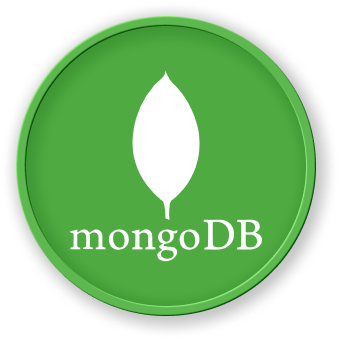Complex Nesting Techniques
Advanced Nested Document Strategies
Complex nesting techniques in MongoDB allow developers to create sophisticated data models that go beyond simple embedded documents.
Deep Nesting Patterns
Multilevel Nested Documents
db.complexSystem.insertOne({
organization: {
name: "TechCorp",
departments: [
{
name: "Engineering",
teams: [
{
name: "Backend Team",
members: [
{
name: "Alice",
skills: ["MongoDB", "Node.js"],
projects: [
{
name: "Data Platform",
complexity: "High"
}
]
}
]
}
]
}
]
}
})
Nested Array Operations
Array Manipulation Techniques
| Operation |
Method |
Example |
| Add Element |
$push |
db.collection.updateOne({}, { $push: { tags: "mongodb" } }) |
| Remove Element |
$pull |
db.collection.updateOne({}, { $pull: { tags: "outdated" } }) |
| Positional Filter |
$ Operator |
db.collection.updateOne({ "array.field": value }, { $set: { "array.$.subfield": newValue } }) |
Advanced Querying Strategies
graph TD
A[Complex Querying] --> B[Dot Notation]
A --> C[Projection]
A --> D[Aggregation]
B --> E[Nested Field Access]
C --> F[Selective Retrieval]
D --> G[Complex Transformations]
Aggregation with Nested Fields
db.products.aggregate([
{
$unwind: "$variants"
},
{
$match: {
"variants.color": "red"
}
},
{
$group: {
_id: "$category",
totalVariants: { $sum: 1 }
}
}
])
Handling Polymorphic Data
db.inventory.insertOne({
item: "Widget",
details: {
type: "electronic",
specs: {
digital: {
voltage: 220,
interface: "USB-C"
},
mechanical: {
material: "aluminum",
weight: 0.5
}
}
}
})
Nesting Depth Recommendations
graph LR
A[Recommended Depth] --> B[1-2 Levels]
B --> C[Optimal Performance]
B --> D[Easy Maintenance]
A --> E[Avoid Deep Nesting]
E --> F[Performance Degradation]
E --> G[Complex Queries]
LabEx Learning Approach
When mastering complex nesting techniques, LabEx provides hands-on environments that simulate real-world MongoDB scenarios.
Best Practices
- Limit nesting depth
- Use projection for efficient retrieval
- Consider document size limitations
- Leverage indexing strategies
- Monitor query performance
Advanced Query Examples
Conditional Nested Field Access
db.users.find({
"profile.skills": {
$elemMatch: {
category: "programming",
level: { $gte: "advanced" }
}
}
})
Error Handling and Validation
Schema Validation Example
db.createCollection("users", {
validator: {
$jsonSchema: {
bsonType: "object",
required: ["profile"],
properties: {
profile: {
bsonType: "object",
required: ["name", "contact"],
properties: {
contact: {
bsonType: "object",
required: ["email"]
}
}
}
}
}
}
})

